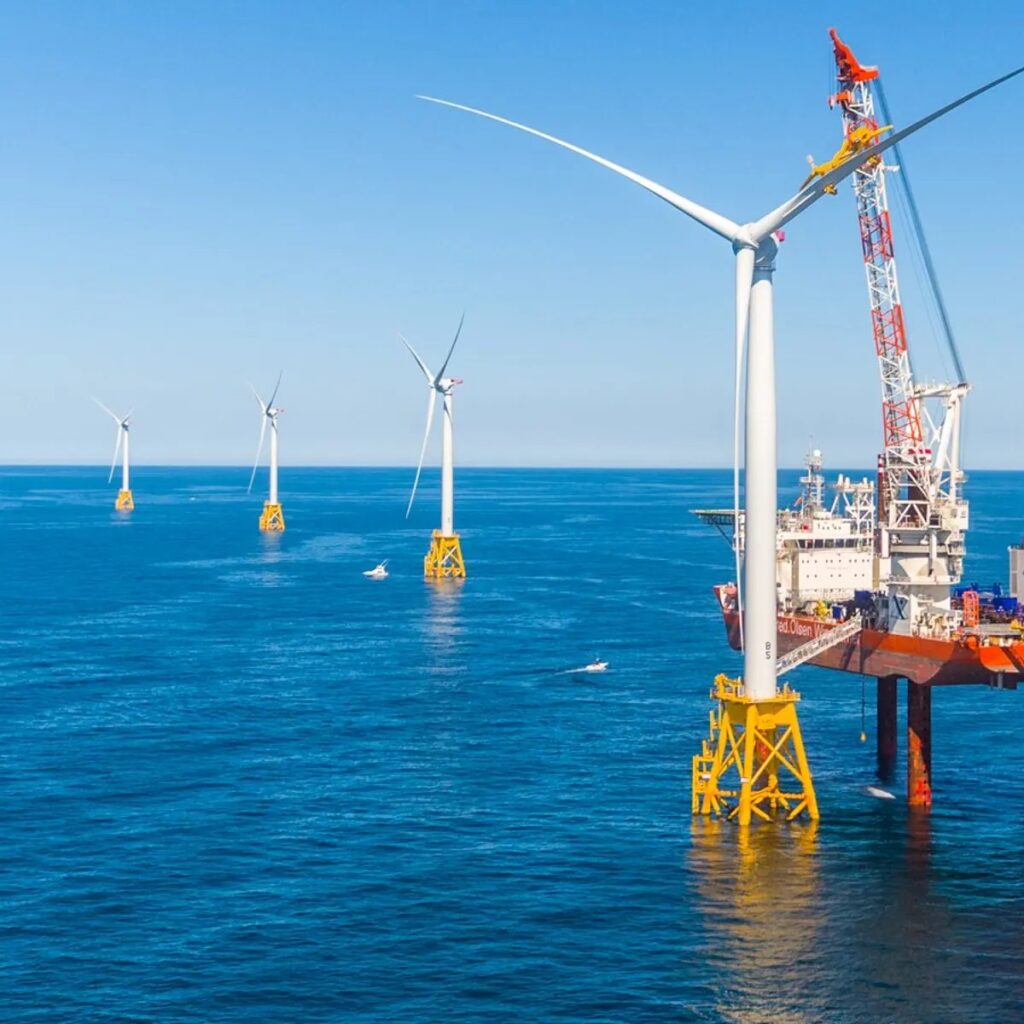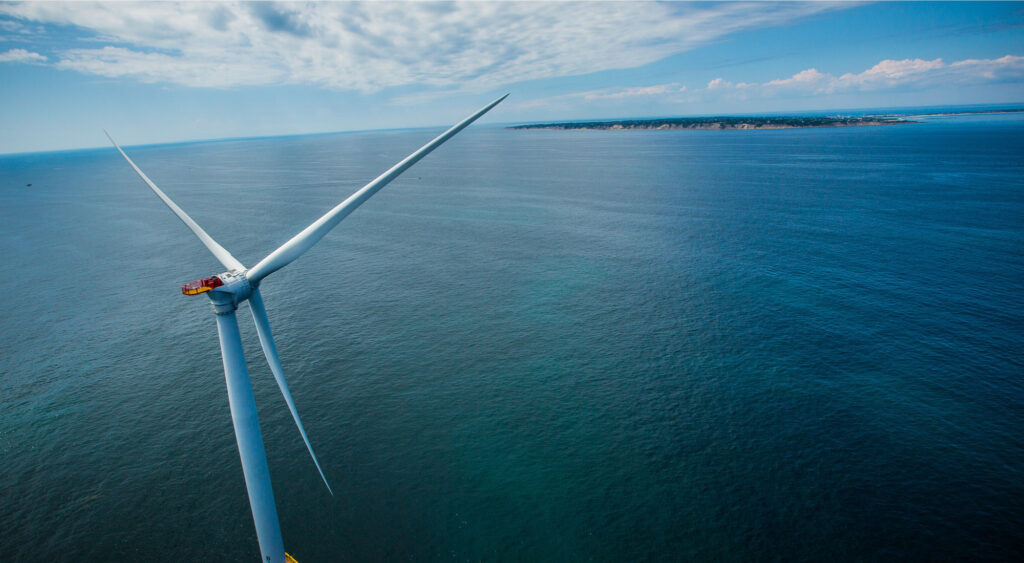Wind Power Industry
With the wind at our backs, lubricating our progress.
Overview of the Wind Power Industry

Wind power is a renewable energy technology that uses wind energy to generate electricity. At the centre of this technology are wind turbines, also known as wind turbines or wind machines.
Remote geographical location, harsh working environment.
- Low ambient temperatures.
- Large regional temperature variations.
- Significant humidity fluctuations.
- Challenges in maintenance.
- Wind Turbine
The wind turbine is a critical component of the wind power generation system. It consists of several large blades connected to a central shaft. When the wind blows over the blades, they are propelled and begin to rotate. This rotational motion is transmitted through the shaft to the generator, ultimately generating electricity. - Generator
The generator converts the rotational motion of the wind turbine into electrical energy. As the turbine rotates, it drives the generator’s internal rotor, causing a current to be generated in the generator windings. - Control System
The wind power generation system also includes a control system used to monitor and adjust the operation of the wind turbine. This may involve adjusting the angle of the blades to optimize wind capture, controlling rotational speed, and performing regular maintenance on the wind turbine. - Transmission System
After generation, the electricity is transmitted to users through a transmission system. This involve transformers and transmission lines to transport the electrical energy to the desired locations.
Wind turbines can be classified into direct drive turbines and gear-driven turbines based on their transmission systems.
- Direct Drive Turbines
- Features: Direct drive turbines lack a gearbox; the turbine blades are directly connected to the rotor of the generator. This reduces the complexity of the transmission system, minimizing friction and energy losses.
- Advantages: Direct drive systems are typically simpler, with lower maintenance costs, higher reliability, and superior performance under specific conditions, such as low wind speeds.
- Disadvantages: The generators in direct drive turbines are usually larger, heavier, and more expensive. Additionally, direct drive systems may limit the turbine’s ability to vary its speed.
- Gear-Driven Separated Turbines
- Features: These turbines use a gearbox between the turbine blades and the generator. The gearbox allows for a broader range of speeds, enabling more efficient operation under different wind speeds.
- Advantages: The use of a gearbox allows the generator to better adapt to varying wind speeds, improving the overall efficiency of the system. It also means the generator can be designed to be more lightweight, reducing costs.
- Disadvantages: Introducing a gearbox adds complexity to the system, requiring regular maintenance. Additionally, gearboxes introduce additional friction and energy losses, reducing the system’s efficiency.
Wind Turbine Lubrication Requirements
Wind turbines are specifically deployed in extreme environments, enduring continuously changing high loads. Gearboxes and bearings face sustained and tremendous pressures. However, maintenance of these components is a challenging task, with longer intervals between maintenance cycles. Fault-free operation is crucial for profitable production but is challenging to achieve in such extreme conditions. Therefore, wind power plant operators require specialized lubricants that offer reliable performance, protect components, and extend maintenance intervals. Comparatively, specialized lubricants for wind turbines represent a modest investment but yield significant benefits.
The service life of many wind turbines can reach 20 years or even longer. If operators can extend the operational life of these turbines by another 10 years, it can significantly enhance the benefits in terms of sustained availability and reduced capital costs. The maintenance intervals can also be extended to one year, as opposed to the original six months. Consequently, the required number of technical personnel and on-site visits are halved. Simultaneously, the normal operating time of wind turbines is increased, a benefit particularly valuable for offshore wind farms.
Lubrication Points and Lubricants
- Main Gearbox:
- Gear PAO Series High Performance Gear Oils
- Gear Motor:
- Gear PAO Series High Performance Gear Oils
- Main Shaft Bearings:
- HDG 12 Heavy Duty Bearing Grease
- Generator Bearings:
- HDG 12 Heavy Duty Bearing Grease
- Pitch Bearings:
- HDG 12 Heavy Duty Bearing Grease
- Yaw Bearings:
- HDG 12 Heavy Duty Bearing Grease
- Pitch Gear Ring:
- HDG 42 Heavy Duty Gear Grease
- Pitch Gearbox:
- Gear PAO Series High Performance Gear Oils
- Yaw Gearbox:
- Gear PAO Series High Performance Gear Oils
- Yaw Open Gear Ring:
- HDG 42 Heavy Duty Gear Grease
- Hydraulic System:
- HYD HV Series Low Temperature Hydraulic Oil
- Cooling System:
- ATF 40 Multi-Effect Antifreeze
- Transformer:
- TRM 10 Transformer Oil (1 – 10℃)
- TRM 40 Transformer Oil (1 – 40℃)

Which Friction Point do you Want to Lubricate?
Our Wallimore Sales Team Provides Reliable Lubrication. Please Contact us
